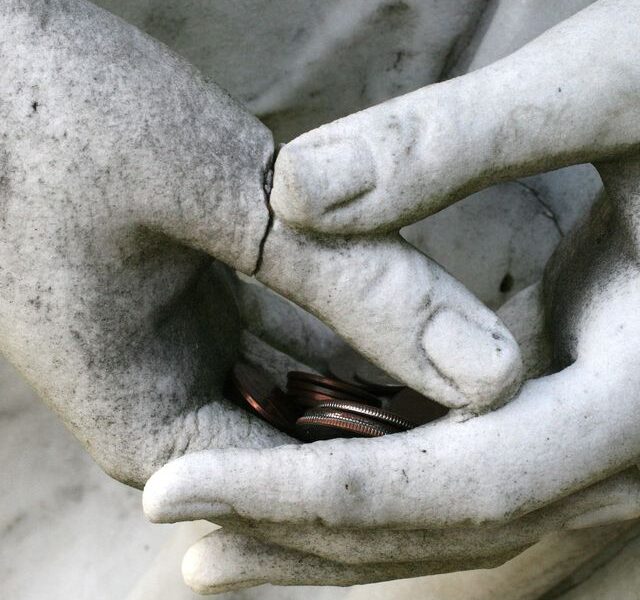Archaeologists in Turkey have stumbled upon an astonishing find: approximately 2,000 bronze statue fragments, likely remnants of what was once an ancient recycling center.
These bronze pieces were meticulously divided into sections like feet, hands, and even eyes.
Experts theorize that these bronze parts were probably abandoned in a corner, awaiting repurposing, potentially to be melted down and minted into coins.
The principles of reuse, reduce, and recycle appeared to have been integral to the Late Antiquity sculpture practice. Amid the ruins of Metropolis—now modern-day İzmir, Turkey, known in ancient Greek as Smyrna—archaeologists unearthed what appears to be a historical scrapyard. This site, loaded with disassembled bronze statues, might have served as an early recycling hub for sculptors at the time.
Directed by the Turkish Ministry of Culture and Tourism alongside Professor Serdar Aybek of Dokuz Eylül University, the Heritage to the Future Project revealed this treasure trove of around 2,000 broken statue pieces. The scattered bronze parts included eyes, fingers, sandals, and segments of heads.
Spanning styles from Hellenistic to Roman, Aybek described these findings as “extraordinary discoveries, even for our field of work.
“We have uncovered approximately 2,000 bronze statue fragments,” he noted.
The site’s purpose is believed to be an ancient scrapyard designed for the dismantling of bronze statues. These fragments would be recycled through melting, allowing the material to be repurposed.
During the Late Antiquity period, the shift from mythological beliefs to monotheistic religions such as Christianity meant that many bronze idols lost their spiritual significance. “Although we do not yet have archaeological evidence to confirm this claim, we can suggest that a significant portion of them were repurposed for minting coins,” explained Aybek. “Rather than producing new, the ancient scrap yard workers broke apart groups of outdated or damaged statues and prepared them for melting.”
Amidst the statue fragments, which included a piece with an inscription honoring “Metropolitan Apollonios,” a figure of Greek origin given the Hellenistic influence of the region and the Greek name, were bronze plates typically used in the creation or restoration of statues. Aybek believes these artifacts affirm the city’s pivotal role in the bronze statue trade, positioning Metropolis as a comprehensive hub for creating, discarding, and exchanging materials for bronze sculptures.

